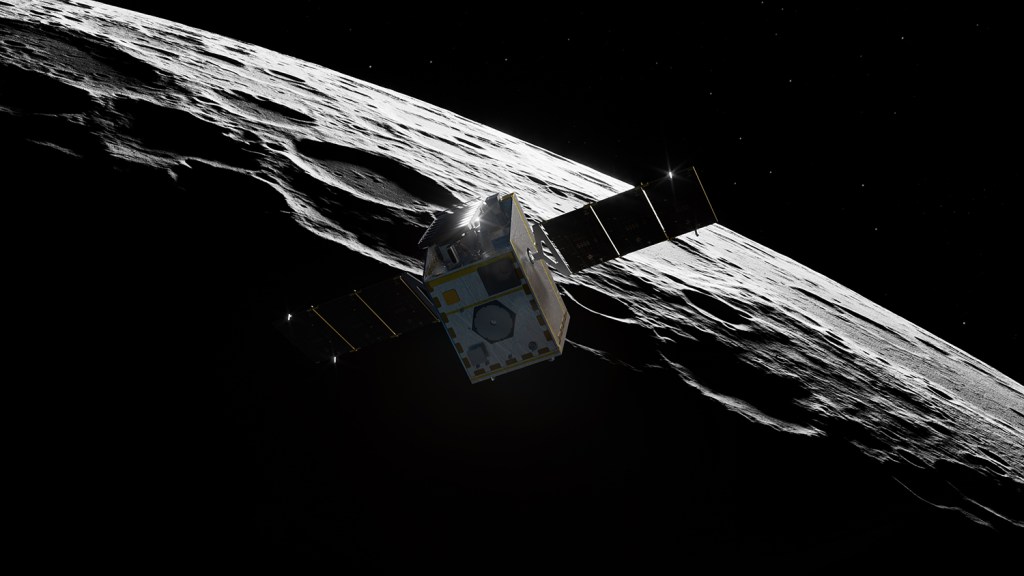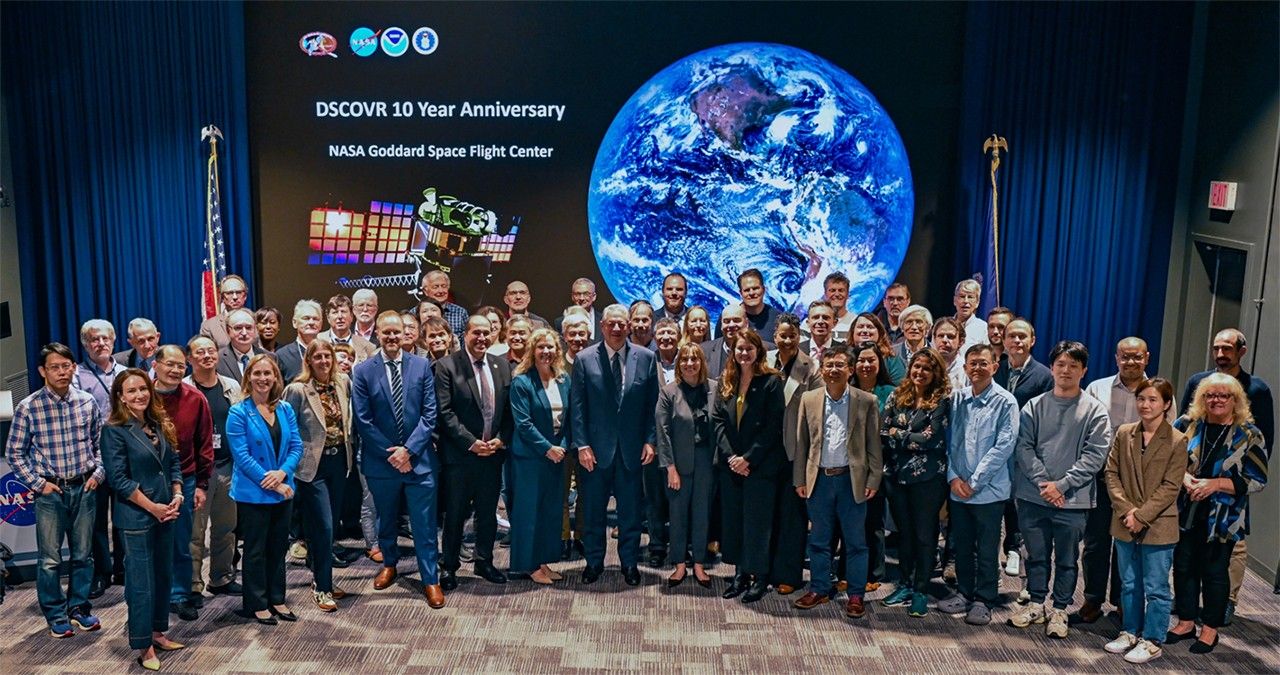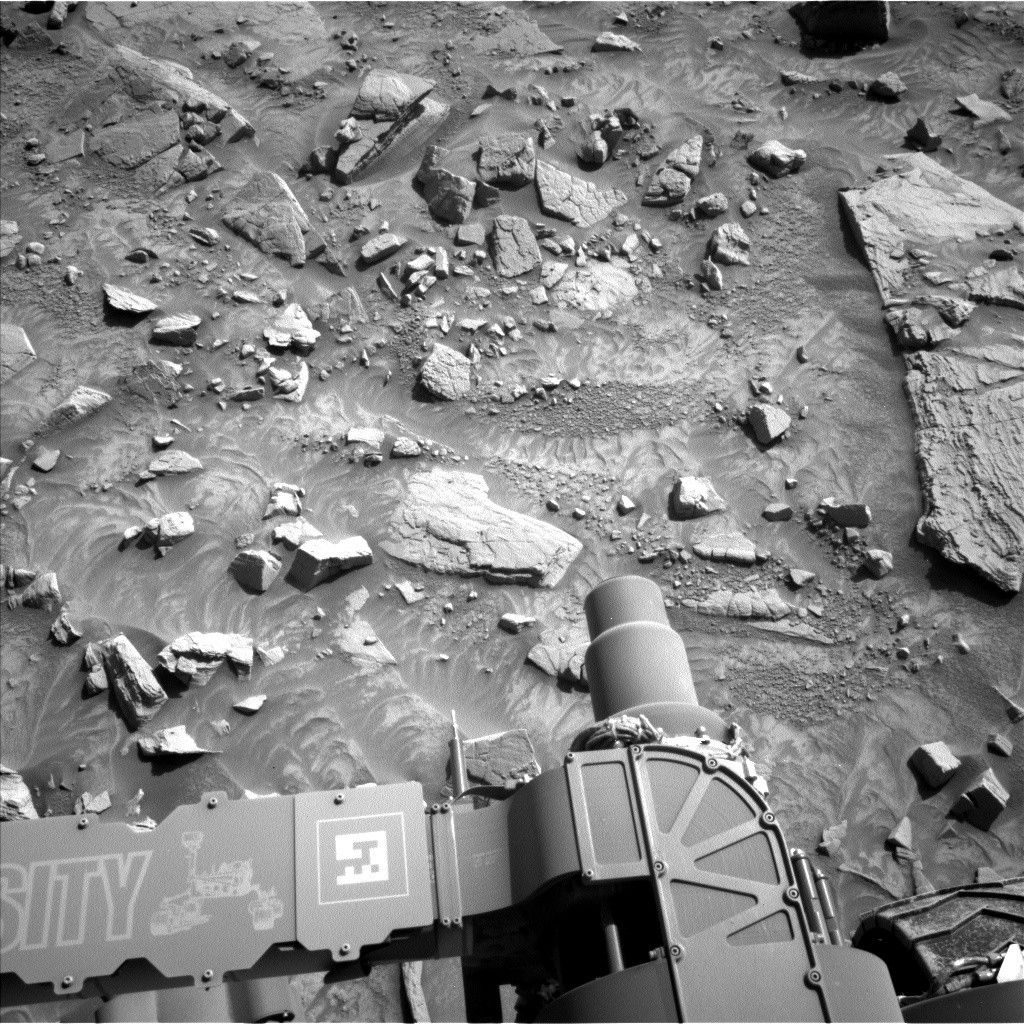A team of transatlantic scientists, using reanalyzed data from NASA’s Kepler space telescope, has discovered an Earth-size exoplanet orbiting in its star’s habitable zone, the area around a star where a rocky planet could support liquid water.
Scientists discovered this planet, called Kepler-1649c, when looking through old observations from Kepler, which the agency retired in 2018. While previous searches with a computer algorithm misidentified it, researchers reviewing Kepler data took a second look at the signature and recognized it as a planet. Out of all the exoplanets found by Kepler, this distant world – located 300 light-years from Earth – is most similar to Earth in size and estimated temperature.
This artist’s illustration shows what Kepler-1649c could look like from its surface.
Learn more at NASA’s Reddit Ask Me Anything on Friday, April 17, from 2:00 to 3:30 p.m. EDT. To participate, go to: https://www.reddit.com/r/space/
Image Credit: NASA/Ames Research Center/Daniel Rutter




























